Sara McGinnis
posted in Parenting
Odds are your baby was born with a birthmark, believe it or not. Statistically speaking, over 80 percent of babies have one type or another! Some of them will last for life, while others will fade away, which is one reason the prevalence of birthmarks might not be common knowledge.
My first encounter with a baby birthmark was the one on my firstborn son. It took quite a long time for me to see it, but as he grew I slowly realized there was a faint “dirty” patch on his left upper bicep that didn’t wash off. I can’t recall noticing it when he was a newborn, but eventually it became apparent it was what’s known as a café au lait spot.
Now that he’s 13 it’s not overly noticeable, and I’m happy to report my typically-shy son didn’t even mind me snapping a photo of the two-part spot.

The second time I encountered a baby with a birthmark I was babysitting for a friend and wiping her son’s bum after changing a dirty diaper. No matter how many times I swiped I hadn’t gotten it all! I literally laughed out loud when I realized the brown spot on his bum wasn’t stubborn poo, but was in fact a mole he’d been born with.

Based on those two experiences it’s obvious I don’t have a deep understanding of birthmarks. Surprisingly though, it’s not just the different variations that I’ve come to learn are fascinating — it’s the tales surrounding them that have been told over the ages.
A peek at six explanations for birthmarks from around the globe…
1. Birthmarks are called voglie in Italian, and wiham in Arabic; all of which translate to “wishes” because, according to folklore, they are caused by unsatisfied wishes of the mother during pregnancy. For example, if a pregnant woman does not satisfy a sudden wish or craving for strawberries, it’s said that the infant might bear a strawberry mark.
2. In Dutch, birthmarks are called moedervlekken, in Danish modermærke and in German Muttermal, all meaning “mother-spots” because it was thought that an infant inherited the marks solely from the mother. The Hungarian word for any flat mole, as opposed to only congenital birthmarks, anyajegy, is also derived from this belief.
3. Some myths associated with birthmarks are that they are caused when an expectant mother sees something strange, or experiences a great deal of fear, sometimes called a maternal impression.
4. In Iranian folklore, a birthmark appears when the pregnant mother touches a part of her body during a solar eclipse.
5. In Ethiopian Orthodox Christianity folklore, a birthmark is considered a “kiss of St. Mary the virgin.
6. According to modern American folklore in the New Age community, birthmarks sometimes indicate the site of traumatic injuries in a past life.

In addition to the terms for birthmarks and explanations for them, there are a number of supposed meanings surrounding what their location is. Here’s a look at just a few (a longer list is available here)…
Forehead: If placed in the center it means a person is attractive. Those who have one on the right side of their forehead being noted as having great brains, while those with one on the left may be extravagant and irresponsible.
Neck: You will be very successful in life, however you will have to part with the ones you love.
Buttocks: A man who has a birthmark on the right buttock has a difficult background. His character is full of negativity. But a man who has a birthmark on the left buttock is endowed with great personality and charisma.
A woman who has a birthmark on the right buttock is outwardly stylish and attractive to men. A woman with a birthmark on the left buttock is sincere and genuine.

Back: If your birthmark is located on the back, it means that you are frank and open to new ideas. You take other people’s suggestions and you are willing to change your stand for better suggestions from others.
Leg: If your birthmark is on any of your legs, it means that you are not independent. You always want other people, for example, your friends, to make decisions for you.
As for my son, a birthmark on the arm means “he loves his family and that he likes staying at home to take care of the children and teach them good discipline.” (If he was female it would indicate someone independent who is career-minded.)
I don’t generally put much stock into folklore and superstitions (despite finding them tremendously fascinating), but if my boy’s birthmark means loving his family I’ll take it!
Images via Wikimedia Commons, Sara McGinnis











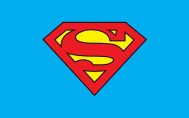




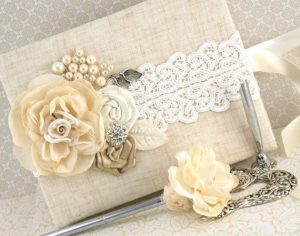
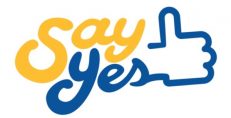


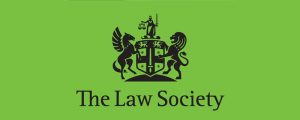

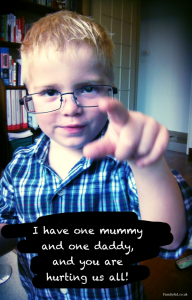











Do you or your family members have birthmarks? What folklore or meanings have you heard about them?